Caldecott Lines of Connection
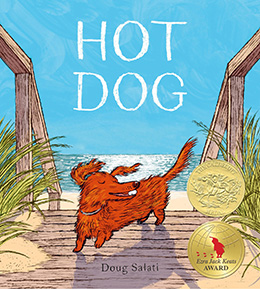
The Global Ocean
Picture books can foster a deeper appreciation for the “Earth’s beating heart,” our global ocean. From ocean shores to the depths of the sea, these five Caldecott award books transport readers to this extraordinary environment.
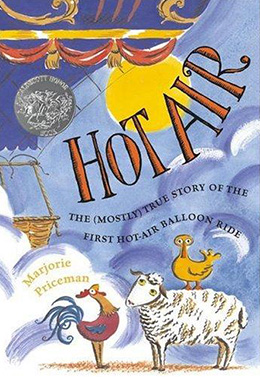
Flight
Four Caldecott Award books celebrate the exhilaration of flight, with two journeys inspired by history and two by imagination.
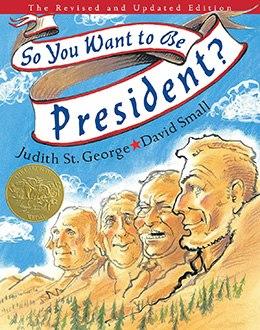
Get Out the Vote!
A close and fascinating look at the illustrations in three Caldecott books about political figures … and how those books have been updated over the years.
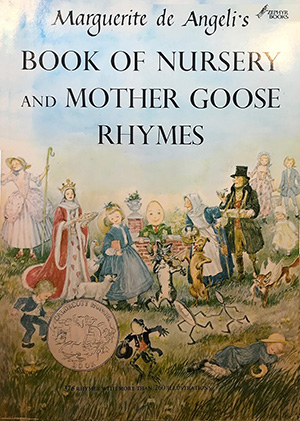
Nursery Rhymes
While no nursery rhyme books have won Caldecott Awards in the last 60 years, from 1938 to 1964 there were a number of fine books bestowed with awards.
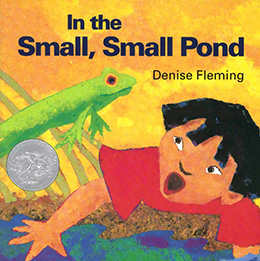
Freshwater Pearls
This column dives into four Caldecott picture books that feature freshwater resources, precious and limited assets that sustain terrestrial life.
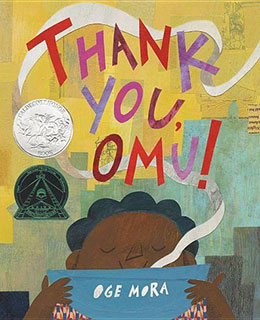
Food for Thought
Sean Sherman, “In an epiphany, I tasted how food weaves people together, connects families through generations, is a life force of identity and social structure.” These formidable themes are central to recent Caldecott Award books.
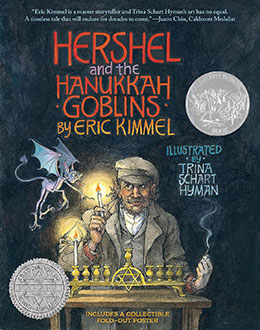
Scary Stories
According to multiple sources, being scared and overcoming our fear is good for us, and this is especially true when reading or listening to scary stories.
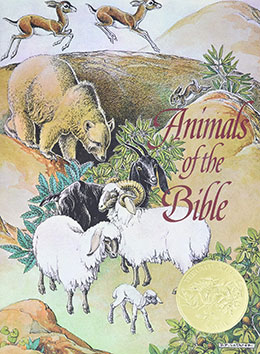
Bible Stories
This month, we look at Bible stories which have been awarded recognition by the Caldecott committees, beginning in 1938.
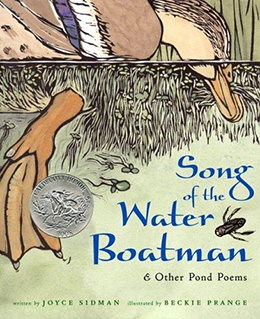
Connecting with Nature
While experiences in the natural world are beneficial to both children and adults, they are especially crucial for young people. This selection of Caldecott Honor books invites readers to explore and appreciate the natural world.
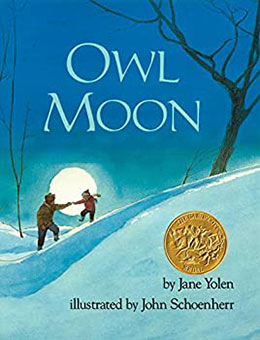
Let It Snow!
In the far reaches of the northern hemisphere, snow graces the winter landscape and shapes the activities of the season. Picture books set in winter typically feature snowy backdrops. This column takes a look at five Caldecott Award-winning snow stories.
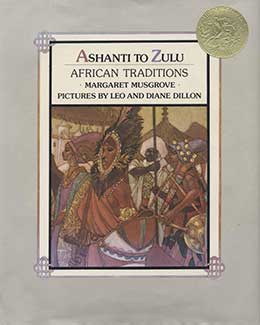
Abecedaria, Part 2
Not all alphabet books are for the purpose of early literacy, nor do they meet the criteria for traditional alphabet books … Still others are thematically connected, as are the following Caldecott Honor ABC books.
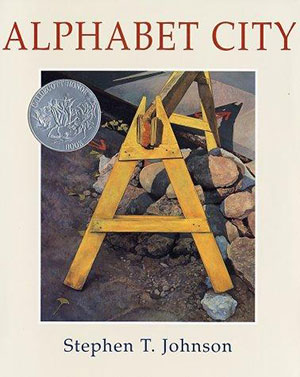
Abecedaria, Part 1
Traditionally, alphabet books, or abecedaria, serve as beginning literacy instruction for babies and young children to promote letter, sound, and word development. But, greater potential than instruction exists in this form of picture books.
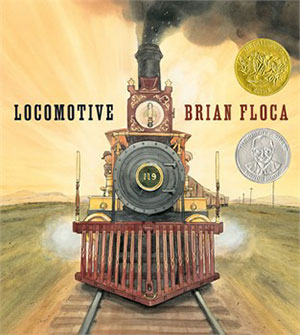
Transportation, Part II: Riding the Rails
In the second part of our Transportation series, we look at Caldecott Award books that consider trains from different vantage points, from the outside or inside, from a real or fantastical world. Climb aboard!
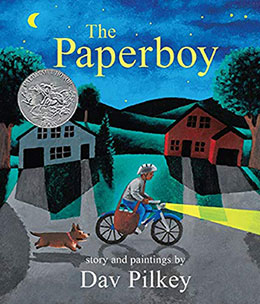
Transportation, Part I: Hitting the Road
From an early age, children are captivated by “things that go,” from climbing on trucks in a Big Rig library event to racing bicycles along a park path. This article offers a line-up of Caldecott Award books that feature various modes of land transportation.
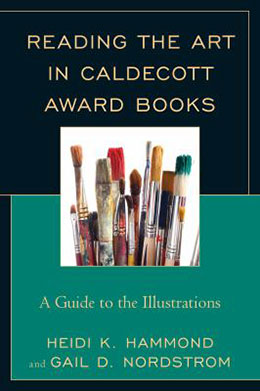
Picture Book Illustration
In picture books, the illustrations often carry half, or more than half, of the narrative. Increased understanding of illustration techniques can enhance your appreciation and pleasure when reading and sharing picture books.
